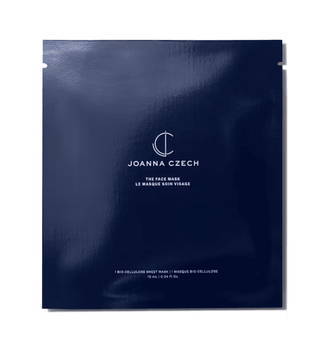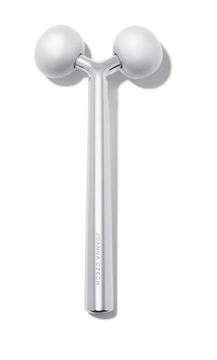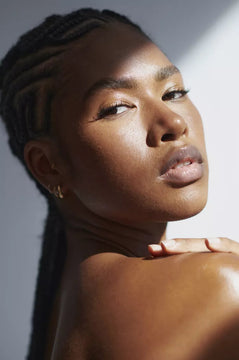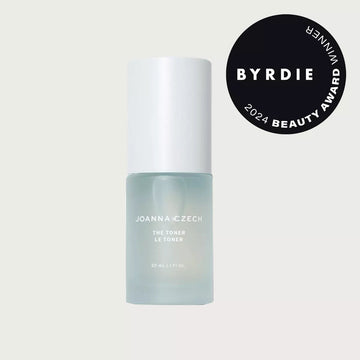LED masks to fight wrinkles: Here's what you should know

The coronavirus pandemic gave rise to mainstream DIY beauty trends born out of desperation, such as home manicures and hair coloring. But skin-care enthusiasts are snapping up a newer type of at-home beauty tool: light-emitting facial devices that promise to fight acne, fine lines and other skin problems.
Esthetician Joanna Czech says some clients turn to LED devices rather than antibiotics to treat their acne or introduce more chemicals into their personal beauty regimen. Still, nobody should count on miracles from any one product, Czech said, because skin health ultimately depends on a person’s lifestyle and diet. “If you’re drinking and smoking on a daily basis and not giving your body the rest it needs, no light device is going to help you,” Czech said. “You’d just be wasting your money.”
Deciding which device to purchase is difficult. Amazon lists more than 500 tools for facial light therapy, and even skin-care professionals have trouble evaluating product claims. At the very least, dermatologists said, shoppers should choose a device that’s cleared by the Food and Drug Administration, meaning the agency has deemed it to be sufficiently safe for at-home use on all skin types. But be aware: that doesn’t necessarily mean the device is effective, just that it’s unlikely to cause injury. Check out the manufacturer’s credentials before buying, follow the directions and do not use for longer than recommended.
It may also help to ask dermatologists and estheticians for input. Czech said she has been recommending the $1,800 Celluma Pro, which has a flexible panel designed to conform to any part of the body, based on her experience with the brand and feedback from clients. When spas were closed during the pandemic, Czech said, she sometimes sold two Celluma Pro devices a day, compared with perhaps two a month when her Dallas and New York studios were open.



